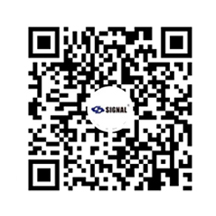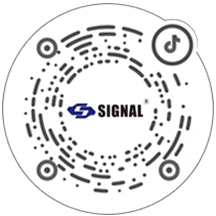
In industrial automation systems, M12 connectors play a pivotal role akin to the human nervous system, ensuring seamless communication between various devices. These 12 mm diameter circular connectors are renowned for their robustness and versatility, making them indispensable in the era of Industry 4.0.
Structural Features and Applications
M12 connectors typically feature a combination of metal shells and engineering plastic insulators, achieving protection ratings up to IP67/IP69K, which makes them suitable for harsh industrial environments. They are available with 3 to 12 gold-plated contacts, ensuring reliable signal transmission. A distinctive aspect of M12 connectors is their coding system, designed to prevent misconnection:
· A-coded: Primarily used for sensors and DC power.
· B-coded: Designed for Profibus applications.
· D-coded: Supports Industrial Ethernet up to 100 Mbps.
· X-coded: Suitable for Gigabit Ethernet applications.
This coding system ensures that connectors are mated correctly, reducing the risk of connection errors. M12 connectors are widely employed in sectors such as automotive production lines, Automated Guided Vehicles (AGVs), and servo motors.
Performance Advantages and Technological Advancements
Compared to traditional connection methods, M12 connectors offer enhanced vibration resistance, capable of withstanding significant mechanical stress. They operate effectively within a broad temperature range, thanks to high-quality sealing materials. Recent advancements have led to the development of M12 hybrid connectors that integrate power supply and data transmission, supporting data rates up to 10 Gbps. Incorporating shielded M12 connectors can significantly reduce electromagnetic interference, thereby decreasing signal error rates.
Selection Guidelines and Maintenance Recommendations
When selecting M12 connectors, consider the following factors:
· Environmental Conditions: Choose materials and protection ratings (e.g., IP69K) based on exposure to chemicals, moisture, and temperature extremes.
· Connection Type: Ensure compatibility with existing systems by selecting the appropriate coding and pin configuration.
· Cable Specifications: Match cable types to application requirements, considering factors like shielding and flexibility.
For maintenance, use appropriate tools to ensure secure connections and periodically inspect connectors for signs of wear or damage. Regular testing of contact resistance can help identify potential issues before they lead to system failures.
As industrial automation continues to evolve, M12 connectors are advancing towards miniaturization and increased intelligence. Innovations such as integrated condition monitoring chips are being developed to enable real-time assessment of parameters like contact resistance and temperature, further enhancing system reliability and performance.
For tailored solutions and expert guidance on M12 connectors, consider consulting with Shenzhen SIGNAL, a leading provider of high-quality industrial connectivity solutions.





